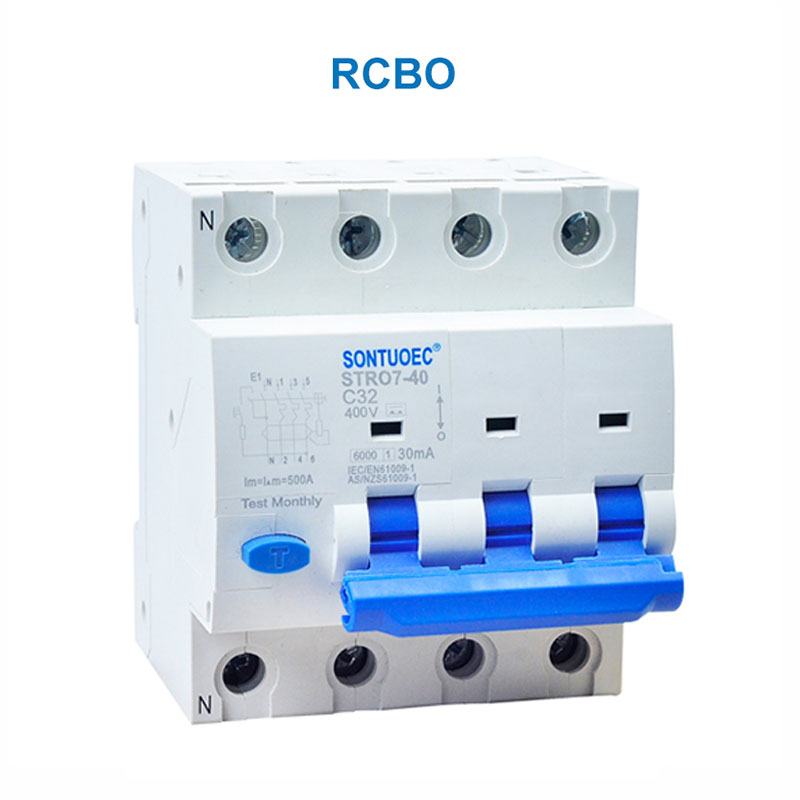How to Choose the Right Circuit Breaker for Your Needs
2025-03-13
Selecting the right circuit breaker is crucial for ensuring safety and efficiency in any electrical system. With various types available, it is important to understand which one best fits your application.
This blog will cover the key factors to consider when choosing a circuit breaker, including load capacity, trip characteristics, and application type.
1. Determine the Load Requirements
Circuit breakers are rated based on the amount of current they can handle. To select the right breaker:
- Calculate the total electrical load (measured in amperes).
- Ensure the breaker’s rating matches or slightly exceeds the required load.
- Consider future expansions to avoid replacing the breaker later.
For example, a standard home circuit typically uses 15A or 20A MCBs, while industrial settings may require MCCBs with ratings above 100A.
2. Consider the Voltage Rating
Circuit breakers are designed for different voltage levels:
- Low-voltage breakers (up to 1,000V) – Used in homes, offices, and small factories.
- Medium-voltage breakers (1,000V to 72kV) – Found in power distribution systems.
- High-voltage breakers (above 72kV) – Used in power grids and substations.
Using a breaker with the wrong voltage rating can lead to electrical failures or safety risks.
3. Choose the Right Tripping Mechanism
Circuit breakers trip in response to overloads, short circuits, or leakage currents. The tripping mechanism varies based on the application:
- Thermal-magnetic breakers – Common in residential and commercial settings.
- Electronic trip breakers – Used in industrial applications for precise control.
- Ground fault protection breakers – Essential in areas where electric shock risks exist.
Selecting the right tripping mechanism ensures the breaker responds effectively to faults.
4. Consider Environmental Conditions
Some circuit breakers are designed for harsh environments:
- High-temperature areas – Require breakers with a higher thermal tolerance.
- Outdoor installations – Need weather-resistant enclosures.
- Industrial applications – Demand rugged designs for durability.
Choosing a breaker suited to your environment prevents performance issues and premature failure.
5. Ensure Compliance with Safety Standards
Circuit breakers must comply with national and international safety standards, such as:
- IEC (International Electrotechnical Commission) – Common in Europe and many other regions.
- ANSI (American National Standards Institute) – Used in the U.S.
- UL (Underwriters Laboratories) – Certifies safety and quality.
Using certified breakers ensures reliable protection and regulatory compliance.
Common Mistakes to Avoid When Choosing a Circuit Breaker
1. Choosing the wrong amperage rating – Can lead to frequent tripping or overheating.
2. Ignoring voltage compatibility – Using a low-voltage breaker for a high-voltage application can be dangerous.
3. Neglecting environmental factors – Using indoor-rated breakers in outdoor conditions leads to premature failure.
4. Overlooking future expansion – Not considering increased power demands may require costly replacements later.
Selecting the right circuit breaker ensures electrical safety and system reliability. By considering load capacity, voltage ratings, tripping mechanisms, and environmental factors, you can choose a breaker that meets your specific needs.



